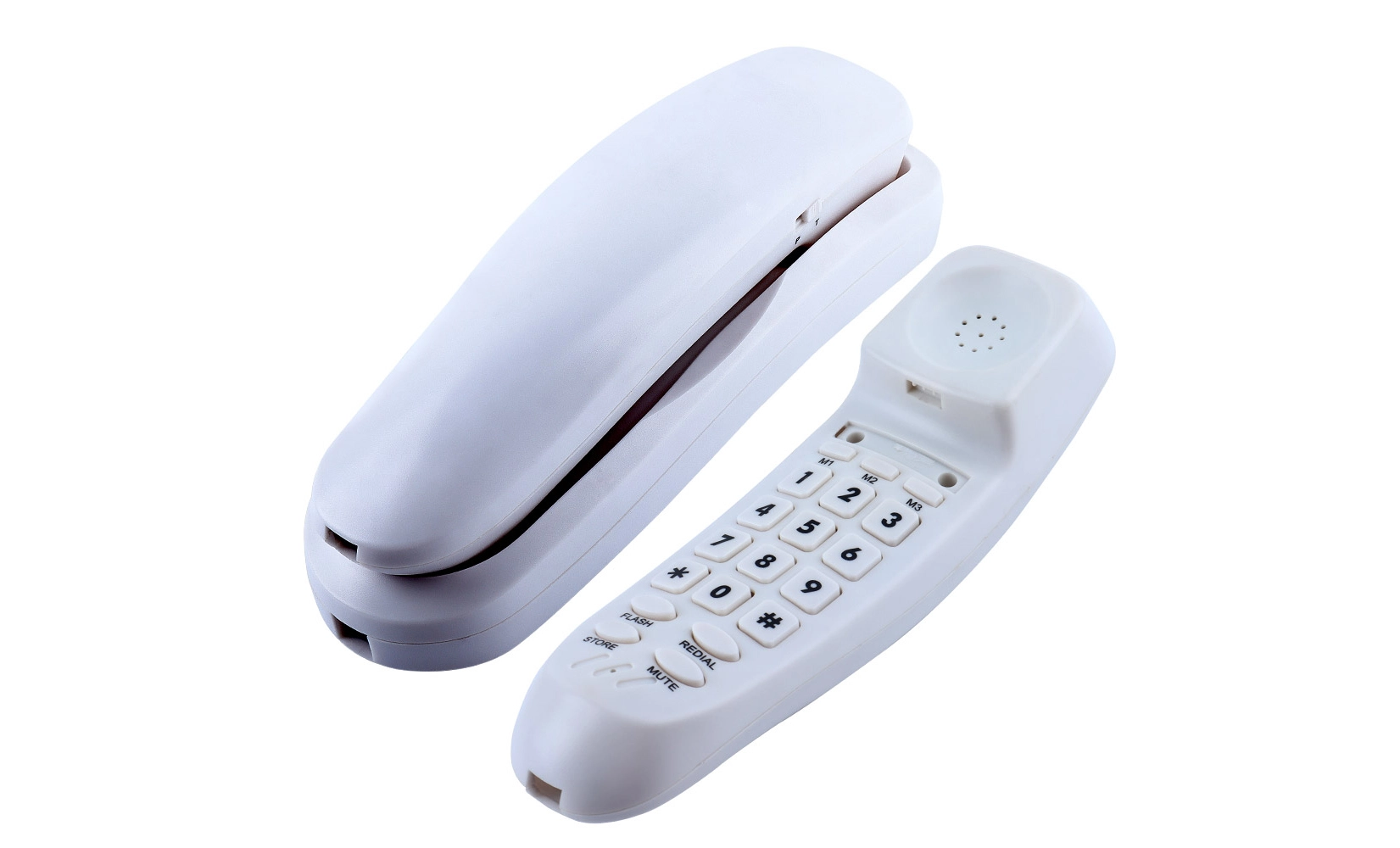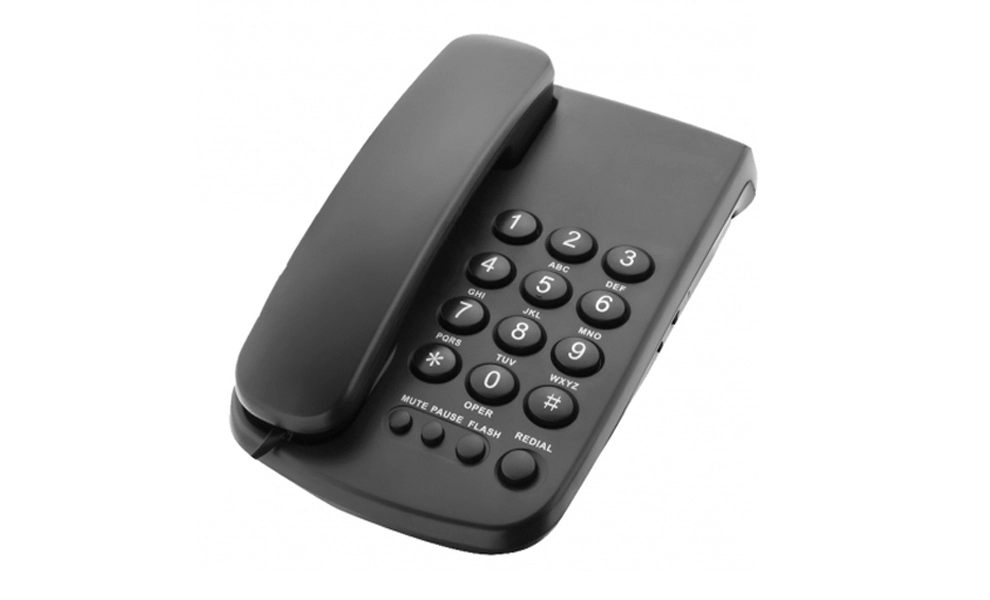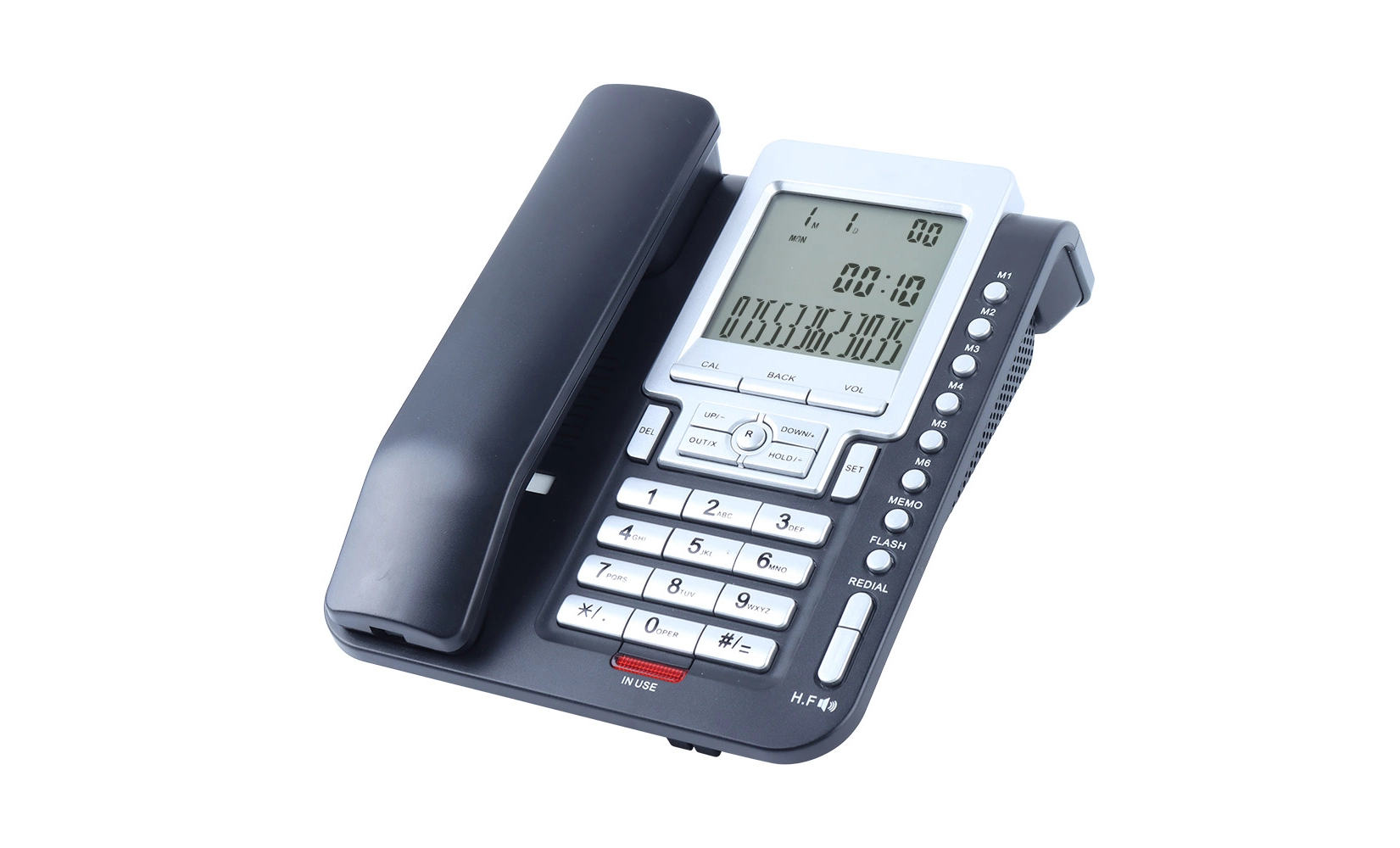The Trimline Telephone Journey Through Design and Technology
The trimline telephone represents a fascinating journey through design and technology, revolutionizing home communication since its inception in the 1960s. This iconic device, characterized by its sleek profile and integrated dial pad in the handset, marked a significant departure from bulky traditional phones. The trimline's evolution mirrors broader technological advancements, from rotary dials to touch-tone keypads, and from corded to cordless models. Its enduring appeal lies in its blend of form and function, offering a streamlined aesthetic while maintaining practical usability. The trimline's journey showcases how innovative design can transform everyday objects, influencing both telecommunications and industrial design for decades.
The Birth and Evolution of the Trimline Telephone
Origins and Initial Design
The trimline telephone emerged as a groundbreaking concept in the early 1960s, spearheaded by Henry Dreyfuss and his design team at Bell Laboratories. Their vision was to create a phone that was not only functional but also aesthetically pleasing and space-efficient. The result was a sleek, compact device that integrated the dial mechanism directly into the handset, a radical departure from the bulky base units of traditional phones.
This innovative design allowed for greater flexibility in phone placement and use. The trimline could be comfortably used while in bed or moving around a room, thanks to its lightweight and ergonomic shape. The initial models featured a rotary dial, maintaining familiarity for users while introducing a fresh, modern look.
Technological Advancements
As technology progressed, so did the trimline telephone. The introduction of touch-tone dialing in the late 1960s led to a redesign of the trimline, replacing the rotary dial with a keypad. This not only modernized the phone's functionality but also further streamlined its appearance.
The 1970s and 1980s saw additional improvements. Illuminated keypads were introduced, enhancing usability in low-light conditions. The integration of electronic components allowed for features like memory dialing and redial functions, adding convenience without compromising the phone's slim profile.
Design Variations and Market Impact
The trimline's success spawned numerous variations and imitations. Different colors and finishes were introduced to appeal to diverse consumer tastes and complement various home decor styles. Wall-mounted versions provided space-saving solutions for kitchens and hallways.
The trimline's influence extended beyond residential use. Its compact design made it ideal for hotel rooms and office spaces, where desk real estate was at a premium. The phone's popularity also inspired other manufacturers to focus on sleeker, more design-conscious telecommunications products.
Technological Innovations in Trimline Telephones
From Analog to Digital
The transition from analog to digital technology marked a significant milestone in the trimline telephone's evolution. While maintaining its iconic shape, trimline phones began incorporating digital circuitry, improving sound quality and enabling additional features. This shift allowed for clearer conversations and reduced interference, enhancing the overall user experience.
Digital technology also paved the way for more advanced functionalities. Caller ID, a feature once exclusive to separate devices, could now be integrated into the trimline's compact form. This addition not only increased the phone's utility but also helped maintain its relevance in an increasingly digital world.
Cordless Revolution
The advent of reliable cordless technology in the 1980s and 1990s presented both a challenge and an opportunity for the trimline concept. Manufacturers adapted the trimline's sleek design principles to cordless handsets, creating devices that offered the freedom of movement with the familiar aesthetics of the trimline.
These cordless trimline phones often featured slim charging bases, maintaining the space-saving ethos of the original design. Advanced models incorporated DECT (Digital Enhanced Cordless Telecommunications) technology, providing improved range and sound quality while minimizing interference from other wireless devices.
Smart Features and Connectivity
As homes became more connected, trimline telephones evolved to integrate with modern communication ecosystems. Some models began incorporating Bluetooth connectivity, allowing users to connect their mobile phones to the trimline system. This feature bridged the gap between landline convenience and mobile flexibility.
Voice over Internet Protocol (VoIP) technology also found its way into trimline-inspired designs. These phones could connect to the internet, offering cost-effective calling options and additional features like video calling, while maintaining the familiar form factor of the trimline.
The Enduring Legacy and Future of Trimline Telephones
Design Influence
The trimline telephone's impact on industrial design extends far beyond telecommunications. Its emphasis on sleek, functional aesthetics has influenced product design across various industries. The concept of integrating controls directly into handheld devices can be seen in modern remote controls, handheld gaming systems, and even some smartphone designs.
In the realm of telecommunications, the trimline's legacy is evident in the design of contemporary cordless phones and VoIP handsets. Many of these devices continue to prioritize slim profiles and ergonomic shapes, echoing the trimline's original design principles.
Nostalgia and Collector's Appeal
As digital communication technologies have largely supplanted traditional landlines, trimline telephones have gained a new life as collectors' items. Vintage models, particularly those from the 1960s and 1970s, are sought after by enthusiasts and interior designers alike. The timeless design of these phones allows them to serve as both functional devices and retro decor pieces in modern homes.
Some manufacturers have tapped into this nostalgia by producing modern replicas of classic trimline models. These phones combine vintage aesthetics with contemporary features, appealing to those who appreciate retro design but require modern functionality.
Future Prospects
While traditional landline usage continues to decline, the principles behind the trimline telephone's design remain relevant. The focus on user-friendly, space-efficient communication devices is more pertinent than ever in our increasingly connected world.
Looking ahead, the trimline concept may find new applications in smart home devices. As voice-controlled assistants become more prevalent, there's potential for trimline-inspired designs that blend seamlessly into home decor while providing advanced communication and home automation features.
Conclusion
The trimline telephone's journey through design and technology is a fascinating chronicle of innovation, adaptation, and enduring appeal. From its revolutionary inception in the 1960s to its evolution through various technological advancements, the trimline has consistently exemplified the perfect marriage of form and function. Its influence extends beyond telecommunications, impacting industrial design across multiple sectors and continuing to inspire modern product development.
As we look to the future, the principles that made the trimline telephone so successful – sleek design, user-friendliness, and adaptability – remain highly relevant. While traditional landlines may be declining, the trimline's legacy lives on in the design of modern communication devices and smart home technologies. Whether as a functional tool, a nostalgic collectible, or an inspiration for future innovations, the trimline telephone stands as a testament to the lasting impact of thoughtful, user-centered design in our ever-evolving technological landscape.
Tech-forward trimline phones with user-based upgrades | CHEETA
CHEETA, a leading manufacturer of cutting-edge communication devices, brings the trimline concept into the modern era. With 18+ years of expertise in OEM/ODM services, CHEETA specializes in developing innovative telephones that blend classic design with advanced technology. Our state-of-the-art 1,200㎡ facility, staffed by 100+ skilled workers and 10 senior engineers, produces 1,000 high-quality analog units daily.
CHEETA's commitment to excellence is evident in our rigorous 11-step inspection process, ensuring a failure rate below 1%. We offer customizable solutions that meet CE, RoHS, FCC, and UN38.3 standards, catering to diverse global markets. Our user-centric approach, combining weekly design sessions and global case studies, enables rapid feature refinement and product upgrades. Experience the perfect fusion of trimline elegance and modern functionality with CHEETA. For more information, contact us at allen@cheeta.com.cn.
References
1. Dreyfuss, H. (1967). The Measure of Man: Human Factors in Design. Whitney Library of Design.
2. Mercer, D. (1999). The Telephone: The Life Story of a Technology. Greenwood Publishing Group.
3. Atkinson, P. (2013). Delete: A Design History of Computer Vapourware. Bloomsbury Academic.
4. Brooks, J. (1976). Telephone: The First Hundred Years. Harper & Row.
5. Schiffer, M. B. (1991). The Portable Radio in American Life. University of Arizona Press.

Kindly inform us your interested product and your detailed requirement, so that we can give you a best suggestion.

Shenzhen Cheeta Technology Co., Ltd – Leading Communication Telephone Manufacturer



